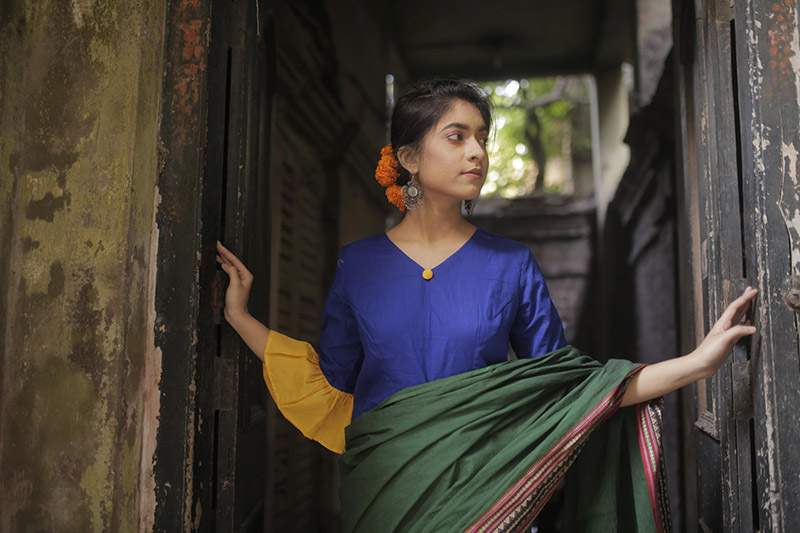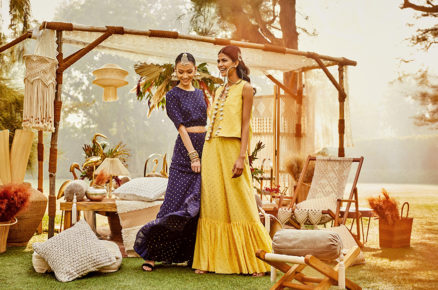Women’s fashion in India is looking very different today and is shedding its misogynist trappings, increasingly choosing the fabrics, styles, and patterns that are good in their own eyes, caring for the self and conscious of their conscience. Arunisha Sengupta, Founder, Choli Boli, takes you through the top 5 fashion trends that representing modern & feminine fashion.
As we navigate the complexities of assertive feminism in the backdrop of changing narratives around gender inclusive and gender-neutral social settings, clothes and our sense of fashion, have become the most vibrant tools to voice our views and break gender stereotypes while asserting our personalities. Self-care, the right to protest, gender equality and neutrality, equal pay and corporate benefits packages, domestic violence and marital crimes, pro-feminine narratives, etc., are now all in the forefront and women are now expressing themselves more fiercely than ever before; and their changing fashion and every day wear choices, is reflecting that!
And as the world gears up to once again celebrate the social, economic, cultural, and political achievements of women across the globe, on the event of International Women’s Day, we take a look at the top 5 trends in women’s fashion and how they have become an important representation of the modern, feminine outlook that is boldly breaking away from the set norms of international fashion.
Mindful fashion
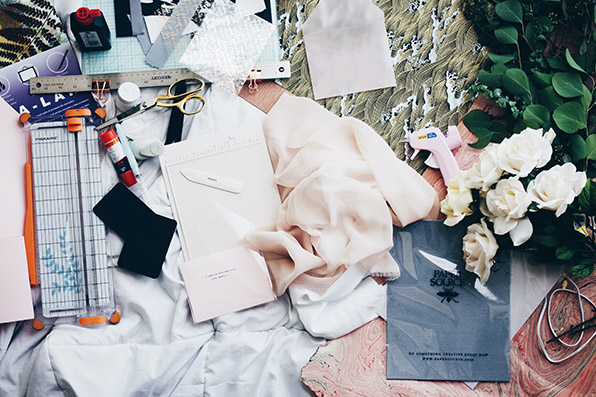
The Fashion industry, and textiles, have been known to be the largest waste generators. While the world is taking strides towards sustainability, there is a lot that the fashion industry needs to do to cope up and reduce the wastage caused by fast fashion. While the industry has to consider the source of the raw materials, water consumption, use of dyes, its manufacturing process, recycling of the textiles, and even the supply chain, women consumers are getting conscious of the same and are re-evaluating not just their fashion choices but also their buying patterns. Traditionally, Indian women have learnt the art of recycling from their mothers and grandmothers but abrogating the same mindfulness in their fashion wear has to still become mainstream.
Sustainable fashion
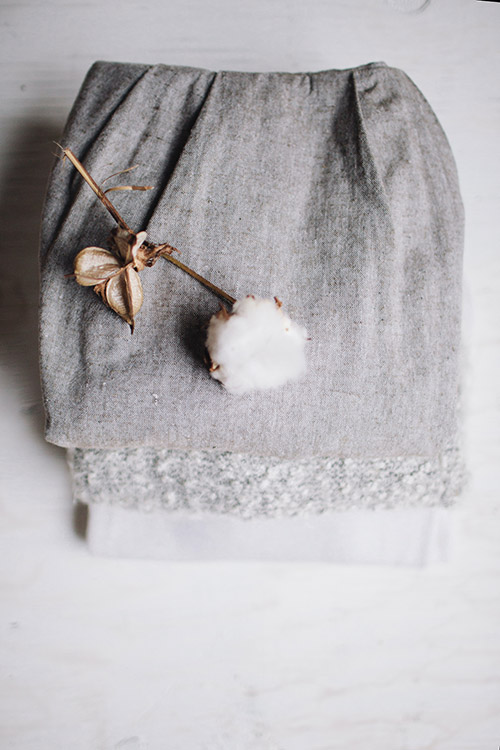
This focuses primarily on the use of organic fabrics like cotton and recycled materials. There is a nice, comfortable, worn-out look to the garments that has a timeless appeal. The fabrics are breathable and the styles and cuts are simple so that these can be used for everyday wear, without the need to change in terms of styles, for a longer-period of time. Imagine wearing an old tussar silk that is 60/70 years old or more, from one of your grandmother’s closet. You would like to deep dive into its comfortable feel. Once again, we Indian women are used to this, having said, these silks and organic cottons are brought out once in a while and sarees like those have stood the test of time, yet there is an increasing adaptation to alternative apparels in western styles of clothing.
Gender Neutral fashion
While women have been far more accommodating in this case, men have been rather foreboding in trying out women’s fashion. But “unisex” seems to be the fashion industry’s buzz word. Inclusion and diversity is now mainstream and the Gen Z is fast adapting to it. But traditionally, India practiced general neutral fashion for years! For centuries, our ancestors, both men and women, wore the dhoti and the anga vastram, without having to fret much on gender inclusivity. It was primarily the western fashion norms that had set the trend on gender expression and determination. But those days are gone and the gen Z men and women are fast adopting to genderless or fluid fashion.
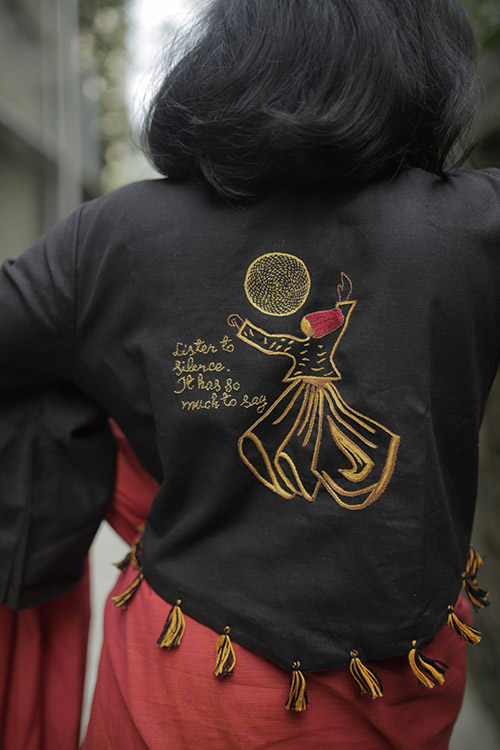
Indigenous fashion
Fashion inspired from indigenous cultures are sacred. The world has today, appropriated many indigenous weaves, patterns and even cuts and styles, from the ancient cultures around the globe, without giving proper credit to their indigenous roots. But there is a rising consciousness and increasing intolerance towards this trend. The indigenous culture moderators and volunteers have done a very good job at drawing the attention of the world towards lack of acknowledgement of the indigenous cultures and its people. India on the other hand, has kept its traditional handloom crafts alive by deploying skilled workers from the indigenous communities, giving them purposeful jobs and ensuring the traditional knowledge and craftsmanship is passed down from one generation to the next. And although there is still a lot that needs to be done, the traditional weaves like the jamdani, mangalgiri, handspun fabrics like khadi, and linen, and patterns like the kalamkari, ikat, azrakh, decorated with indigenous dyes, are all excellent reflections of mediaeval India and have been in the forefront of Indian ethnic and fusion fashion, from a long time now. Having said, the true aboriginals of India, and their craftsmanship and traditional fashion, is yet to be unraveled in its true glory. There are many attempt going on and we will start seeing many such beautiful inspirations that are standing testimony to ethical fashion. We are already seeing it in the jewelry designs and we will soon start noticing in apparels as many Indian designers are making the right noises in the International fashion platforms with compelling narratives.
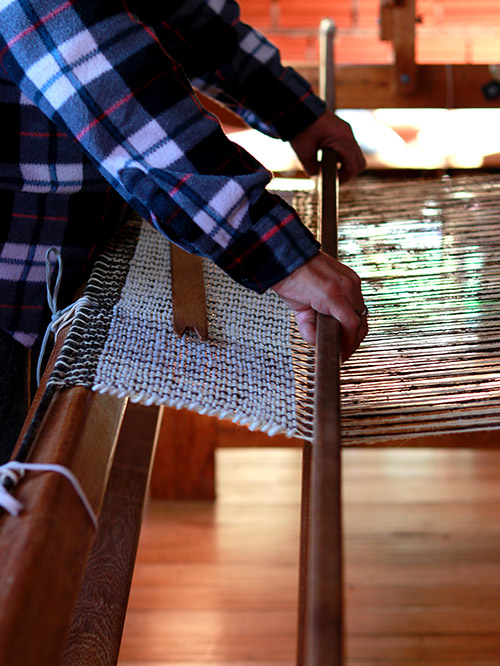
Revival fashion
One thing that makes India stand apart, in the global fashion arena, is that the Indian fashion designers and overall fashion preferences are more aligned to the environment and nature. We, as a society, are inherently more conscious of regional and climate specific fashion, art and craft, and its specific cultural place of origin. As a result, in spite of the industrial revolutions, handlooms have bravely stood the test of time and are now back in vogue. From handwoven textiles to the art of handmade block prints and embroideries, all are gaining acceptance and becoming mainstream, thanks to affordability and accessibility brought about by the demands of a rising number of the conscious consumers. But revivalism in fashion seems to be making its presence felt way beyond just the sarees or the handwoven kurtas which form the bulk of ethnic wear. It is making inroads into the global arena as well and is set to transform contemporary wear too.
Conclusively
You will notice that these trends have one common theme running across and that is self-determination or expression through a more conscious way of wearing what you want to. In a world that can get increasingly confusing with a bombardment of consumer choices driven by Gen Z driven e-commerce platforms, one often feels that the choice of clothes and ones feminist ideals are disconnected. The above 5 reasons can set the agenda with an eye on social justice, enabling fashion to transform from a representation of misogynistic gender confirmations to a free flowing sense of self-expression.


